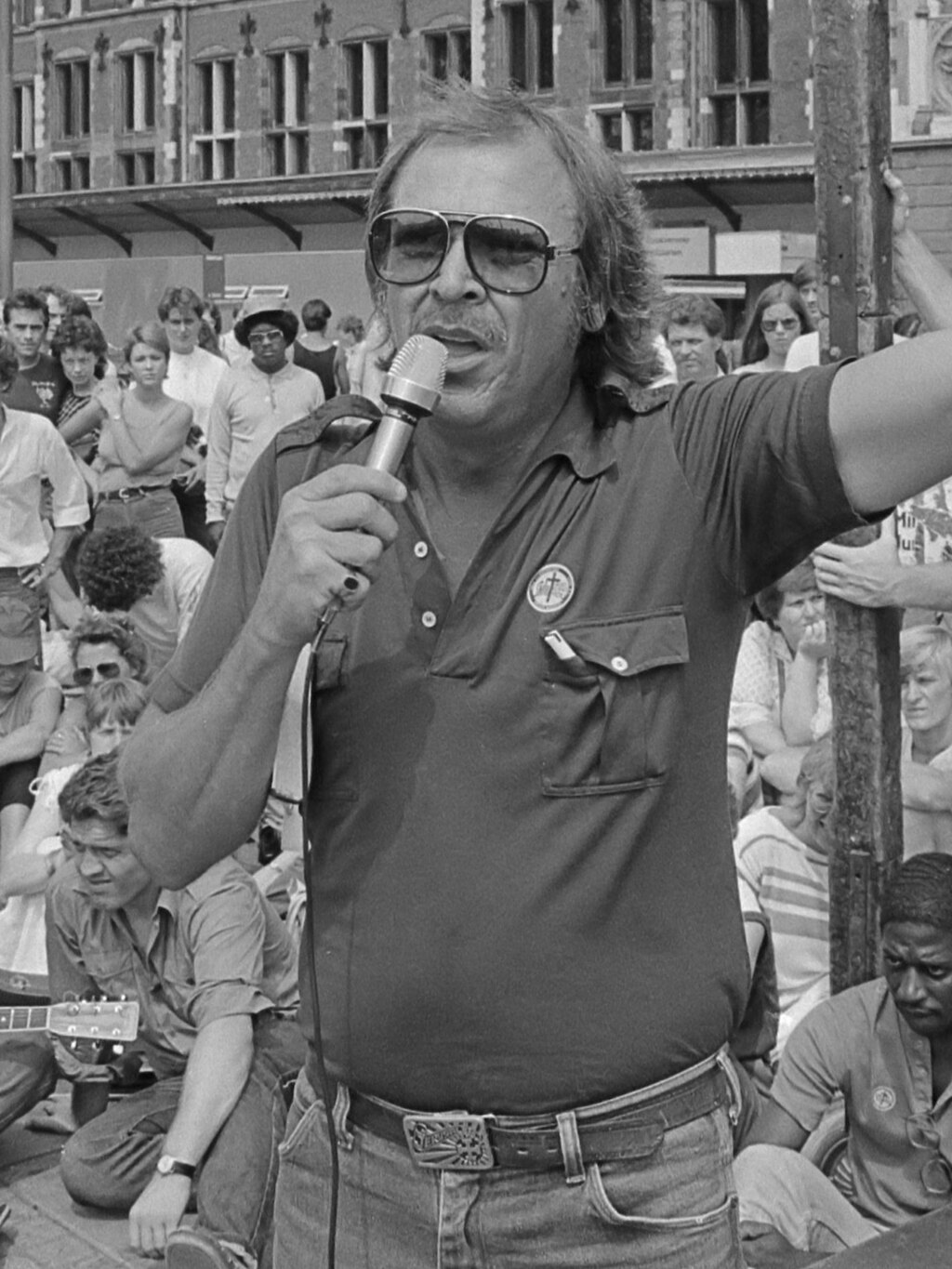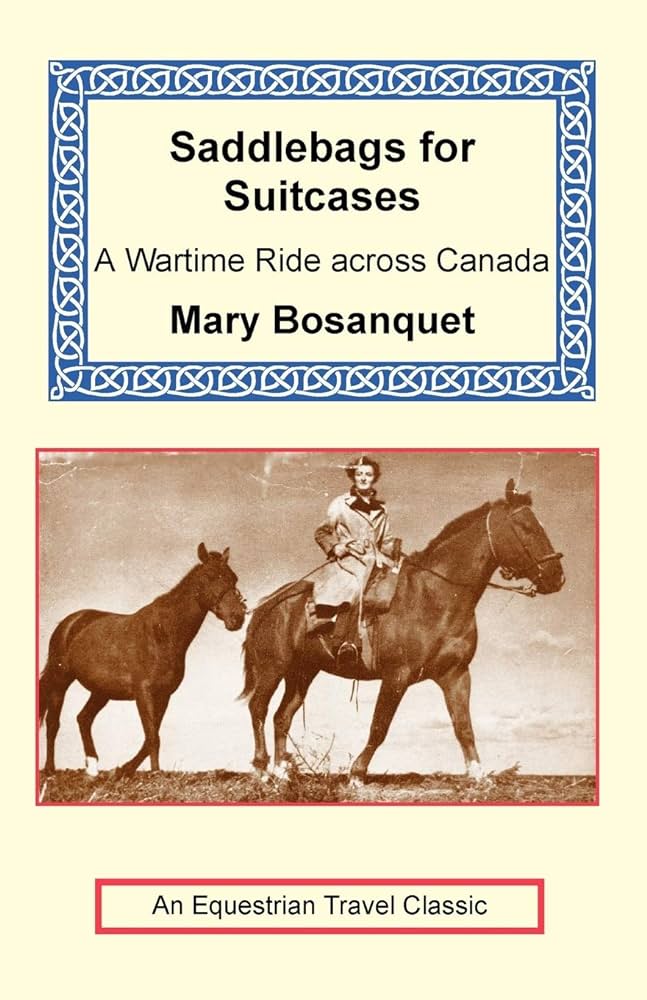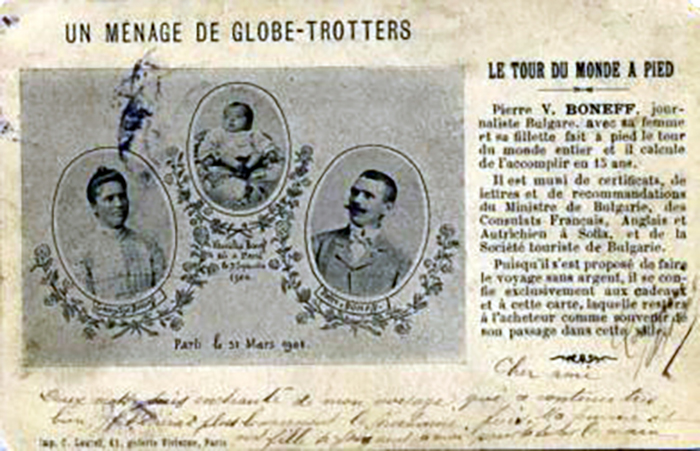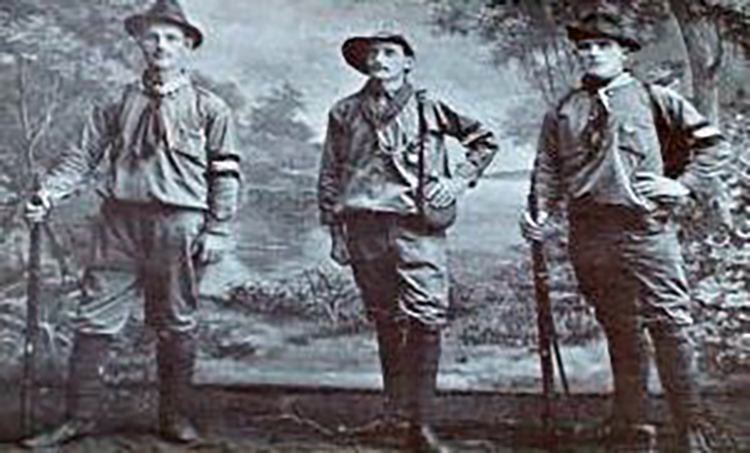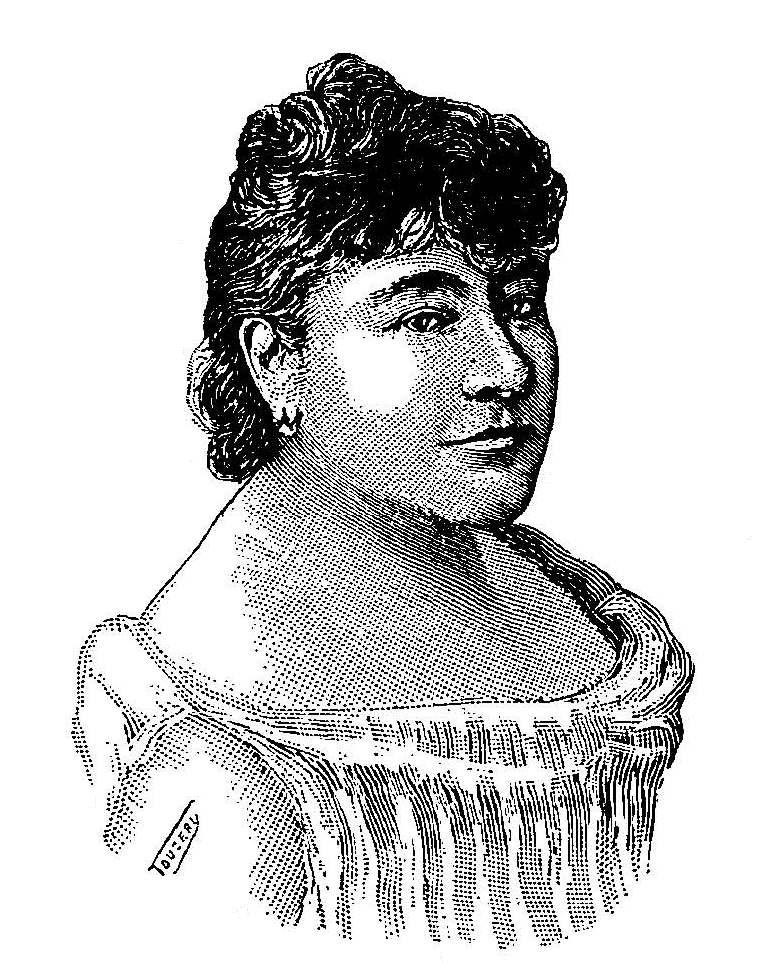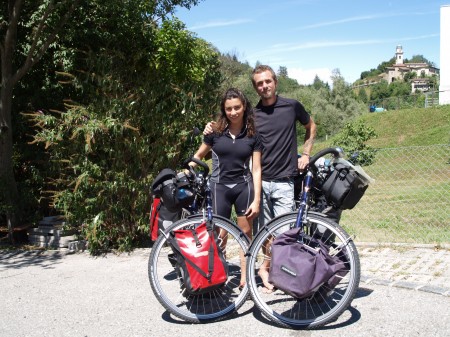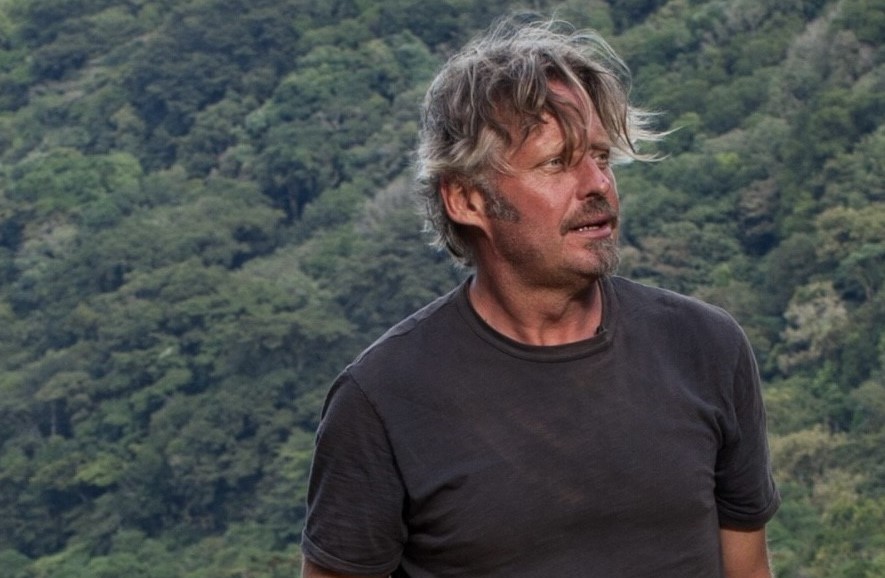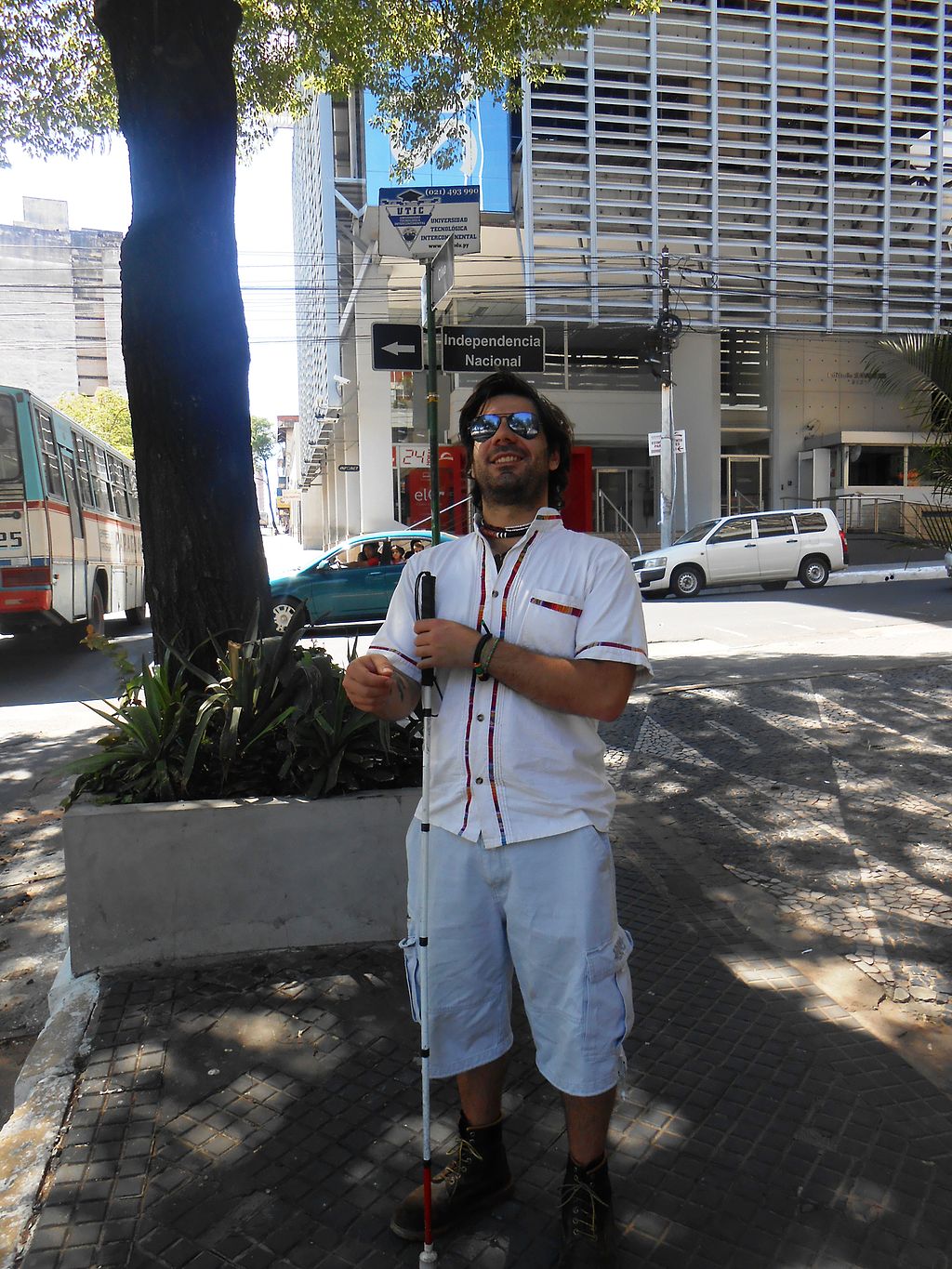- Alias-Pseudonimo-Pseudonyme: -
- Nationality-Nazionalità-Nationalité: -
- Birth/death-Nascita/morte-Naissance/mort: -
- Means of transport-Mezzo di trasporto-Moyen de transport: On foot, A piedi, A pied
- Geographical description-Riferimento geografico-Référence géographique: Around the World, Giro del mondo, Tour du monde
- Internet: https://blessitt.com
- Wikidata: https://www.wikidata.org/wiki/Q325099
- Alias-Pseudonimo-Pseudonyme: -
- Nationality-Nazionalità-Nationalité: Switzerland, Svizzera, Suisse
- Birth/death-Nascita/morte-Naissance/mort: 1971-
- Means of transport-Mezzo di trasporto-Moyen de transport: Bike, Bicicletta, Vélo
- Geographical description-Riferimento geografico-Référence géographique: Around the World, Giro del mondo, Tour du monde
- Alias-Pseudonimo-Pseudonyme: -
- Nationality-Nazionalità-Nationalité: UK, Inglese, Anglais
- Birth/death-Nascita/morte-Naissance/mort: 1946-1993
- Means of transport-Mezzo di trasporto-Moyen de transport: On foot, A piedi, A pied
- Geographical description-Riferimento geografico-Référence géographique: Japan, Giappone, Japon
- Internet: http://en.wikipedia.org/wiki/Alan_Booth
- Multimedia: https://archive.org/details/roadstosata00boot
- Wikidata: https://www.wikidata.org/wiki/Q4706210
- Additional references-Riferimenti complementari-Références complémentaires: Booth, Alan. 1986. The roads to Sata: a 2000-mile walk through Japan. Harmondsworth: Viking.
Alan Booth (5 December 1946 – 24 January 1993) was an English travel writer who wrote two books on his journeys on foot through the Japanese countryside. The better-known of the two, The Roads to Sata (published in 1985) is about his travels (in 1977) from the northernmost cape in Hokkaidō (Cape Soya) to the southern tip of Kyūshū in Cape Sata. The second, Looking for the Lost, was published posthumously in 1995. Booth also wrote a guidebook to Japan as well as numerous articles on Japan and other topics.
- Alias-Pseudonimo-Pseudonyme: -
- Nationality-Nazionalità-Nationalité: -
- Birth/death-Nascita/morte-Naissance/mort: -
- Means of transport-Mezzo di trasporto-Moyen de transport: On horseback, A cavallo, A cheval
- Geographical description-Riferimento geografico-Référence géographique: Americas, Americhe, Amérique
- Additional references-Riferimenti complementari-Références complémentaires: Bosanquet M., Saddlebags for Suitcases, Long Riders' Guild Press, 2001. Bosanquet M., Canada ride: across Canada on horseback, University of London Press, 1952.
- Alias-Pseudonimo-Pseudonyme: The man of steel
- Nationality-Nazionalità-Nationalité: -
- Birth/death-Nascita/morte-Naissance/mort: 1940-
- Means of transport-Mezzo di trasporto-Moyen de transport: Boat, ship, Barca, nave, Bateau
- Geographical description-Riferimento geografico-Référence géographique: Around the World, Giro del mondo, Tour du monde
- Internet: https://en.wikipedia.org/wiki/Chay_Blyth
- Wikidata: https://www.wikidata.org/wiki/Q1068577
- Alias-Pseudonimo-Pseudonyme: -
- Nationality-Nazionalità-Nationalité: Bulgaria
- Birth/death-Nascita/morte-Naissance/mort: -
- Means of transport-Mezzo di trasporto-Moyen de transport: On foot, A piedi, A pied
- Geographical description-Riferimento geografico-Référence géographique: Around the World, Giro del mondo, Tour du monde
- Inscriptions-Iscrizioni-Inscriptions: Un couple de globe-trotters, Le tour du monde à pied, Pierre V. Boneff, journaliste bulgare, avec sa femme, fait à pied le tour du monde entier et il calcule de l'accomplir en 15 ans. L'objet du voyage est de connaître les peuples. Il est muni de certificats et de lettres de recommandations du Ministre de Bulgarie, des Consulats Français, Anglais et Autrichien à Sofia, et de la Société touriste de Bulgarie. Puisqu'il s'est proposé de faire le voyage sans argent, il se confie exclusivement à cette carte, laquelle restera é l'acheteur comme souvenir de son passage dans cette ville.
- Alias-Pseudonimo-Pseudonyme: -
- Nationality-Nazionalità-Nationalité: Netherlands, Olanda, Hollande
- Birth/death-Nascita/morte-Naissance/mort: -
- Means of transport-Mezzo di trasporto-Moyen de transport: On foot, A piedi, A pied
- Geographical description-Riferimento geografico-Référence géographique: Around the World, Giro del mondo, Tour du monde
- Alias-Pseudonimo-Pseudonyme: -
- Nationality-Nazionalità-Nationalité: France, Francia
- Birth/death-Nascita/morte-Naissance/mort: -
- Means of transport-Mezzo di trasporto-Moyen de transport: Various, Diversi, Différents
- Geographical description-Riferimento geografico-Référence géographique: -
- Wikidata: https://www.wikidata.org/wiki/Q3263687
- Additional references-Riferimenti complementari-Références complémentaires: Bourbonnaud L., Les Amériques ; Amérique du Nord, Antilles, Amérique du Sud, Paris, 1889. Bourbonnaud L., Les Indes et l'Extrême Orient, impressions de voyage d'une parisienne, Paris, 1892. Bourbonnaud L., Seule à travers 145,000 lieues terrestres, maritimes, aériennes, Paris.
- Alias-Pseudonimo-Pseudonyme: -
- Nationality-Nazionalità-Nationalité: Switzerland, Svizzera, Suisse
- Birth/death-Nascita/morte-Naissance/mort: -
- Means of transport-Mezzo di trasporto-Moyen de transport: Bike, Bicicletta, Vélo
- Geographical description-Riferimento geografico-Référence géographique: Silk Road, Via della seta, Route de la soie
- Additional references-Riferimenti complementari-Références complémentaires: Bolliger S., Perrin A., Sulla Via della Seta, La Città, luglio 2008.
Sono partiti. Sono montati in sella alla loro bicicletta e hanno iniziato il loro percorso che li porterà a visitare diversi paesi, fino ad arrivare in India.
- Alias-Pseudonimo-Pseudonyme: -
- Nationality-Nazionalità-Nationalité: Scottish, Scozzese, Ecossais
- Birth/death-Nascita/morte-Naissance/mort: -
- Means of transport-Mezzo di trasporto-Moyen de transport: Motorbike, Motocicletta, Moto
- Geographical description-Riferimento geografico-Référence géographique: Around the World, Giro del mondo, Tour du monde
- Internet: http://www.longwayround.com
- Wikidata: https://www.wikidata.org/wiki/Q724867
- Additional references-Riferimenti complementari-Références complémentaires: McGregor, Ewan, Charley Boorman, and Robert Uhlig. Long Way Round: Chasing Shadows Across the World. New York: Atria Books, 2004.
- Alias-Pseudonimo-Pseudonyme: -
- Nationality-Nazionalità-Nationalité: Italy, Italia, Italie
- Birth/death-Nascita/morte-Naissance/mort: -
- Means of transport-Mezzo di trasporto-Moyen de transport: On foot, A piedi, A pied
- Geographical description-Riferimento geografico-Référence géographique: Around the World, Giro del mondo, Tour du monde
- Internet: http://www.alessandrobordini.com
- Wikidata: https://www.wikidata.org/wiki/Q18575029
- Alias-Pseudonimo-Pseudonyme: -
- Nationality-Nazionalità-Nationalité: USA
- Birth/death-Nascita/morte-Naissance/mort: 1956-2018
- Means of transport-Mezzo di trasporto-Moyen de transport: Various, Diversi, Différents
- Geographical description-Riferimento geografico-Référence géographique: Around the World, Giro del mondo, Tour du monde
- Internet: https://en.wikipedia.org/wiki/Anthony_Bourdain
- Wikidata: https://www.wikidata.org/wiki/Q426582
- Additional references-Riferimenti complementari-Références complémentaires: No Reservations: Around the World on an Empty Stomach. New York: Bloomsbury. 2007.
Anthony Bourdain, the gifted chef, storyteller and writer who took TV viewers around the world to explore culture, cuisine and the human condition for nearly two decades, has died. He was 61. CNN confirmed Bourdain’s death on Friday and said the cause of death was suicide.
Most read
- Top10: Musées du tourisme et des voyages
- I migliori 10 siti per il turista “fai da te”: organizzare e condividere le proprie esperienze con i nuovi media
- Citazioni e aforismi sul viaggio e sul turismo
- Travel related world records
- Traveling with caution: Destinations to avoid
- Travel & Flavours, A Culinary Odyssey
Popular Tags
Impressum
Copyright 2016-2025 Museum of Travel and Tourism (MTT)
Contact contact@museumoftravel.org
Source citation "Museum of Travel and Tourism, museumoftravel.org"
Info Developed by www.rhpositive.net. Logo: icons www.flaticon.com. Translations Openai ChatGPT. Images Midjourney and ChatGPT, unless otherwise specified

 Français
Français  Italiano
Italiano  Deutsch
Deutsch  English
English 